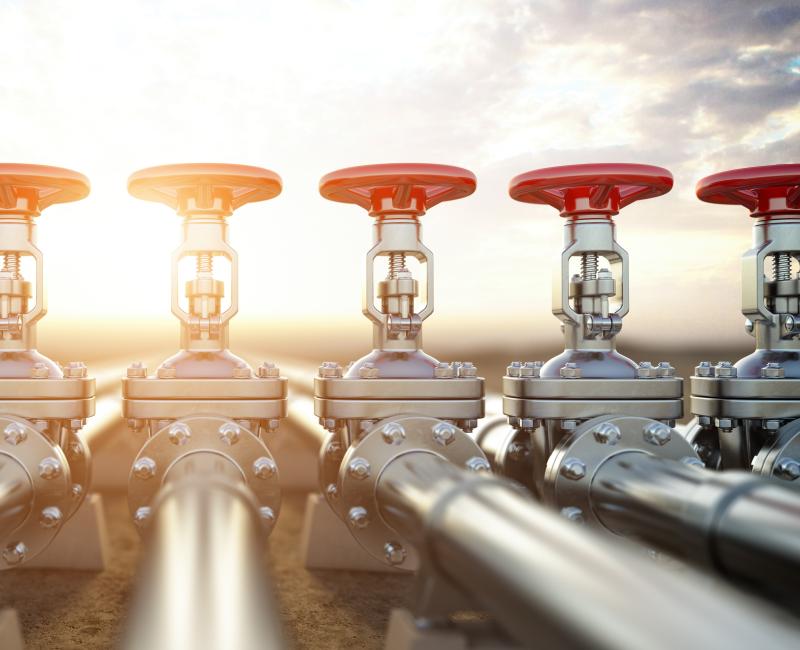Today, ACER releases a new tool to simulate price correlations for electricity forward trading with potential virtual hub prices.
The ACER’s electricity virtual hub price simulator tool shows correlations between prices in any EU electricity bidding zone and various configurations of a virtual hub price. A virtual hub price is currently in use in the Nordic market region (i.e., the Nordic System Price), and could potentially also be introduced for Continental Europe as part of the upcoming revision of the Forward Capacity Allocation (FCA) Regulation by the European Commission. The Commission will assess whether there is a need for regional virtual hubs for forward markets. This ACER virtual price correlation simulators helps inform the debate on this topic.
Why did ACER develop this simulator?
The 2022 energy crisis revealed the high vulnerability to extreme day-ahead electricity prices in the absence of effective hedging, highlighting the importance of well-functioning electricity forward markets.
In 2023, ACER published its policy paper to further develop the EU electricity forward market. The paper identified the need for better allocation of long-term cross-zonal capacities to support forward electricity trading. It proposed shifting away from long-term transmission rights (LTTRs) for individual bidding zone border towards LTTRs between bidding zones and a virtual regional hub. To enable this approach (should the Commission decide to go this route), the revised FCA Regulation would need to establish a methodology that defines virtual hub prices.
What is proxy hedging and why could a virtual hub price be relevant?
Market participants who lack sufficiently liquid forward electricity products for their bidding zone may want to address their hedging needs via a similar but more liquid electricity forward product. The efficiency of using such an alternative forward electricity product (known as ‘proxy hedge’) depends on:
- Liquidity: the proxy product must be actively traded to ensure it can be easily bought and sold.
- Price correlation: the proxy’s price must closely reflect price movements in the bidding zone where the market participant has an open risk position.
Currently, many market participants use the (large and liquid) German forward market as a proxy for their hedging needs. A virtual hub forward electricity product, with better price correlation to EU bidding zones, may offer an efficient alternative for proxy hedging under a future integrated European forward electricity market design.
How can a market participant use ACER’s electricity virtual hub price simulator?
ACER’s virtual hub price correlation simulator is based on real day-ahead prices and enables users to explore different geographical configurations for potential hubs to hedge electricity prices. It shows how the prices of these virtual hubs would have correlated with current EU bidding zones over the past years.
The dashboard also displays the correlations between EU bidding zone prices and the currently used proxy hedging products (such as the German bidding zone price).
Can any initial findings be drawn from the data?
ACER’s virtual hub price correlation simulator provides statistical insights that support the recommendations in ACER’s (2023) policy paper. The data suggests that a well-designed virtual hub price would have stronger correlations with most bidding zone prices than the forward products currently used as proxies for hedging.
What are the next steps?
The European Commission is conducting an impact assessment to identify ways to improve the forward electricity market. Based on this assessment, the FCA Regulation is expected to be revised in 2026.









